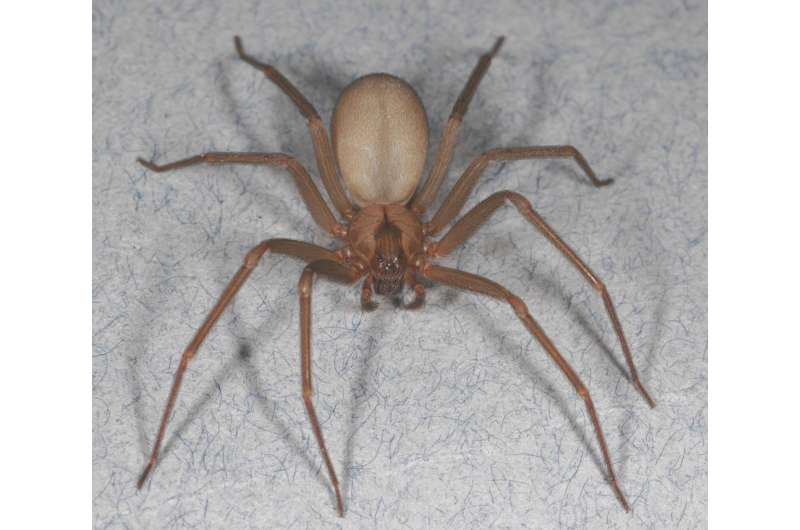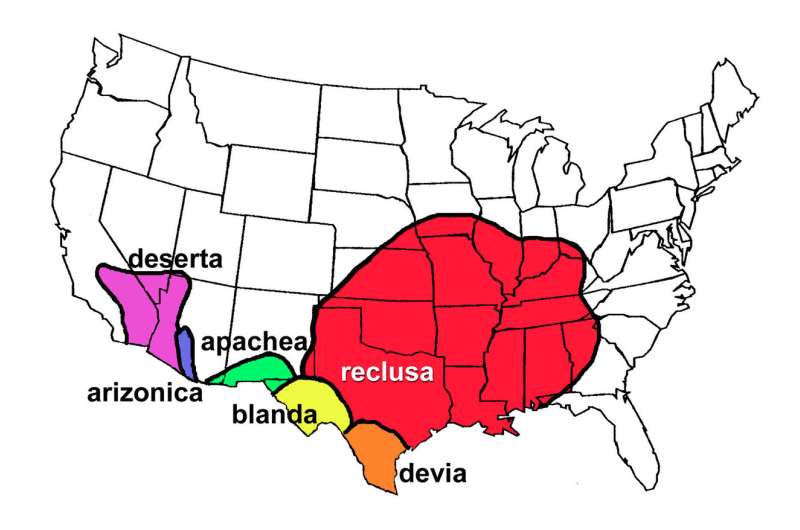Brown recluse: Pest management tips for the spider that's not as common as you think

One of the first things you should know about the brown recluse spider is that its reputation far exceeds its actual prevalence.
For decades, "negative word of mouth in the general public gave life to the myth of the brown recluse, without a countering voice," says Richard S. Vetter, a retired entomologist at the University of California, Riverside, who spent much of his career combating misperceptions about the infamous spider.
The brown recluse (Loxosceles reclusa) is indeed one of the few spiders that can bite a human, potentially resulting in serious tissue damage or even death. Thus, in areas within the species' known range, it should be regarded with great caution. But, the brown recluse is also frequently misattributed as the cause of a variety of unrelated medical conditions, especially in locations far outside its known range, Vetter says.
To aid both the public and pest management professionals in properly identifying and managing the brown recluse, Vetter and pest-management consultant Stoy Hedges have published a new, open-access guide in the Entomological Society of America's Journal of Integrated Pest Management.
The guide reviews existing research and summarizes best practices for integrated pest management (IPM) of the brown recluse spider. Included in the guide:
- Range. The brown recluse is known to occur in a range from southeastern Nebraska to southwestern Ohio, south to northwestern Georgia and into Texas. Occurrences outside that range are exceedingly rare. Related species exist in the southwestern United States.
- Identification. The violin-shaped marking on the brown recluse is well known but can be easily mistaken on other spider species. However, the brown recluse spider's eye pattern—six eyes, arranged in three pairs in a U-shape line with a space between each pair—is a better identifier.
- Behavior. It's named "recluse" for a reason; the species is related to many cave-dwelling spiders and prefers dark, recessed spaces when found in human structures: places it can crawl under, behind, or between. And, as Vetter and Hedges write, recluses "are reluctant to bite and so even in heavily infested homes, confirmed recluse bites are uncommon."

Monitoring and identification by a pest management professional are the first steps in addressing a potential brown recluse infestation. If its presence is confirmed, options include mechanical removal (such as by vacuum), targeted insecticides, and fumigation. Sanitation and decluttering and continued monitoring will aid in preventing reinfestation, as well.
The brown recluse's proclivity for small spaces, however, means control of an infestation often requires continued monitoring by a pest management professional, and "in areas where recluses are indigenous, the occasional recluse sighting is a fact of life," Vetter and Hedges write.
More information: Richard S Vetter et al, Integrated Pest Management of the Brown Recluse Spider, Journal of Integrated Pest Management (2017). DOI: 10.1093/jipm/pmx031
Provided by Entomological Society of America




















